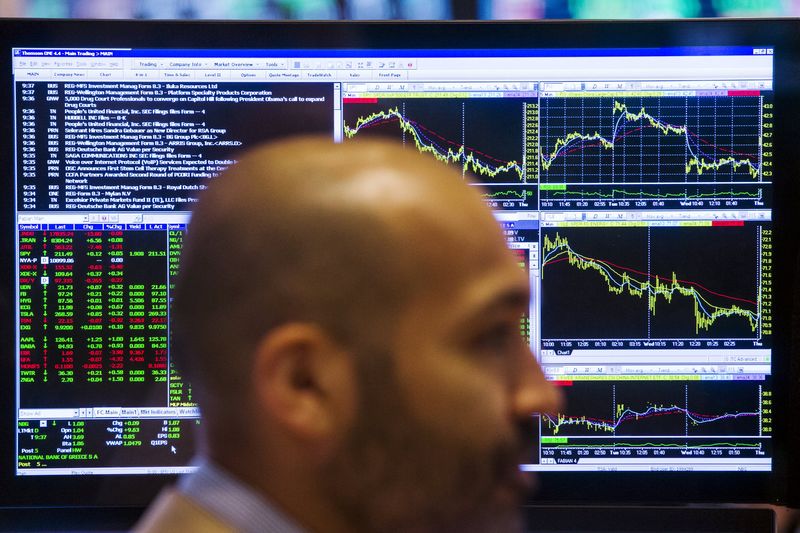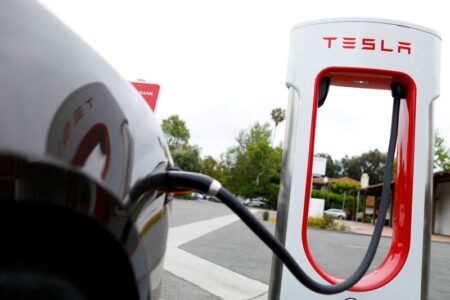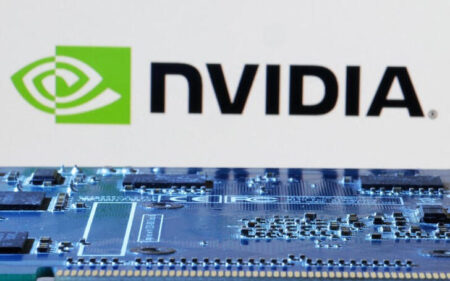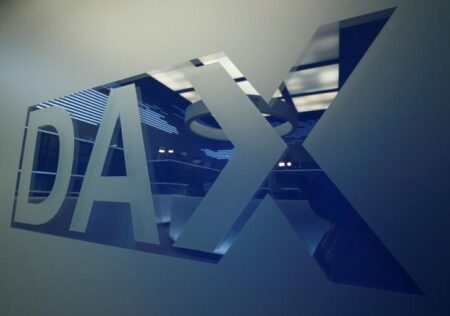By Dietrich Knauth
NEW YORK (Reuters) -FTX received court approval of its bankruptcy plan on Monday, which will allow it to fully repay customers using up to $16.5 billion in assets recovered since the once-leading crypto exchange collapsed.
U.S. Bankruptcy Judge John Dorsey approved the wind-down plan at a court hearing in Wilmington, Delaware, saying FTX’s success made it “a model case for how to deal with a very complex Chapter 11 bankruptcy proceeding.”
The plan is built on a series of settlements with FTX customers and creditors, U.S. government agencies, and liquidators appointed to wind down FTX’s operations outside the U.S.
The settlements allow FTX to use its assets to repay customers of its crypto exchange first, before paying potentially competing claims filed by government regulators. FTX plans to repay 98% of its customers – those who held $50,000 or less on the exchange – within 60 days after the plan’s effective date, which has not yet been determined.
Once among the world’s top crypto exchanges, FTX collapsed after news surfaced that founder Sam Bankman-Fried took customer money to pay off risky bets made by his hedge fund, Alameda Research. Bankman-Fried was sentenced in March to 25 years in prison for stealing from FTX customers, and he has appealed his conviction.
FTX remains in talks with the U.S. Department of Justice over $1 billion that the government seized during the criminal prosecution of Bankman-Fried. FTX shareholders, who would normally receive nothing in a bankruptcy proceeding, could receive up to $230 million from the funds seized by the DOJ, according to court documents.
FTX has estimated that it will have between $14.7 billion and $16.5 billion available to repay creditors, enough to pay customers at least 118% of the value in their accounts as of November 2022, the date that the company filed for bankruptcy.
U.S. government agencies, including the Commodity Futures Trading Comission and Internal Revenue Service, agreed to let FTX prioritize customer repayment over fines and tax debts, and a liquidator appointed in the Bahamas agreed to work with FTX after previously challenging the company’s authority to file for bankruptcy in the U.S.
FTX said the result was a victory for creditors, made possible by its ability to recover cash and crypto assets that had gone missing during the company’s chaotic collapse. The company also raised additional funds by selling off other assets, including its investments in tech companies like the artificial-intelligence startup Anthropic.
“Today’s achievement is only possible because of the experience and tireless work of the team of professionals supporting this case, who have recovered billions of dollars by rebuilding FTX’s books from the ground up and from there marshaling assets from around the globe,” FTX CEO John Ray said in a statement on Monday.
Customers have had a mixed response to the plan, with many expressing disappointment that FTX’s demise caused them to miss out on a strong rebound in crypto prices since the market bottomed out in 2022. Some customers had objected to the plan, demanding higher repayments reflecting recent rises in cryptocurrency values.
David Adler, an attorney representing four objecting creditors, said that the price of a bitcoin, for example, has risen to over $63,000 from its November 2022 price of $16,000. Customers that deposited bitcoin on FTX’s exchange are finding it difficult to accept FTX’s claim that they are receiving a 100% recovery based on those lower prices of two years ago, Adler said.
FTX said it was not possible to simply return the crypto assets customers had deposited, because customers’ assets were gone, misappropriated by Bankman-Fried.
At the time of its bankruptcy filing, FTX.com held only 0.1% of the bitcoin that its customers believed they had deposited on the exchange, according to the company. One of FTX’s financial advisers, Steve Coverick, testified on Monday that it would “exorbitantly expensive” to purchase billions of crypto assets on the open market in order to repay customers with the same types of cryptocurrency they had before the bankruptcy.
Read the full article here
















